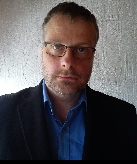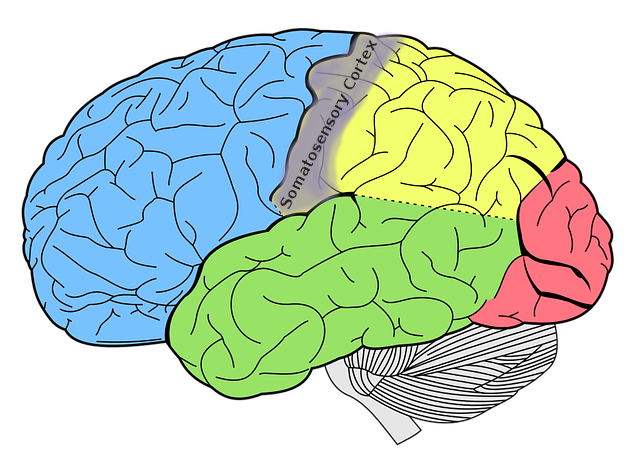
Magnus Johnsson
Cognitive Scientist, Computer Scientist
Other Research

Somatosensory reorganization. I have done simulations of the reorganization of the somatosensory cerebral cortex after damage to the nerve between the hand and the brain. This was done in collaboration with a hand surgeon and an occupational therapist at Malmö Hospital in order to come up with ideas on how to tactilely stimulate a replanted hand in an optimal way. After nerve injuries, e.g. following a replantation of an accidentally cut hand, nerve fibres grow together again but will be misconnected. This implies an incorrect mapping of the hand in the somatosensory cortex. However, due to the plasticity of the brain a natural question is whether there is a way to stimulate the hand of such a patient so that the recovery will be optimal. To come up with suggestions on this, a computational model of the dorsal column-medial leminiscal system was implemented. Different versions of this model were used to simulate the reorganization of the somatosensory cortex due to misconnected nerve fibres. A number of tactile training methods were simulated and their capability to reorganize cortex was measured. The simulation results brought about the recommendation to stimulate the patient's hand by randomly select a small set of points on the palm and stimulate them shortly, and then select some new points. When the nerve injury is only partial, perhaps so-called cortical induction would also be a good choice.
Usability of force feedback in virtual reality. I have investigated the user experiences of force feedback in virtual reality, and whether force feedback increases learning while trying to find the way in a virtual environment. In addition I have studied cyber sickness, i.e. symptoms of motion sickness that might arise while exposed to virtual environments. To reach these goals I designed and implemented a virtual environment and tested it with a number of subjects. Surprisingly, the use of force feedback made the learning harder, perhaps because it distracted the navigation task, though force feedback contributed to realism.
Internet of Things (IoT). I have done work in the IoT field.

Some Related Publications
Gil, D., Johnsson, M., Mora, H. and Szymanski, J. (2019). Advances in Architectures, Big Data, and Machine Learning Techniques for Complex Internet of Things Systems. Complexity, vol 2019.
Gil, D., Johnsson, M., Mora, H. and Szymanski, J. (2019). Review of the Complexity of Managing Big Data of the Internet of Things. Complexity, vol 2019.
Mora, H., Signes-Pont, M.T., Gil, D. and Johnsson, M. (2018). Collaborative working architecture for IoT-based applications. Sensors, 18, 6: 1676.
Johnsson, M. (2004). Cortical Plasticity – A Model of Somatosensory Cortex. A study of cortical reorganization, after nerve injuries between the hand and the brain, with the aid of computational models. MSc thesis from the Dept. of Cognitive Science, Lund University.
Johnsson, M. (2003). Force feedback and cyber sickness in virtual reality. Examinations of force feedback usability in virtual reality, and cyber sickness in virtual environments. MSc thesis from the Dept. of Computer Science, Lund University. (Swedish with English summary).